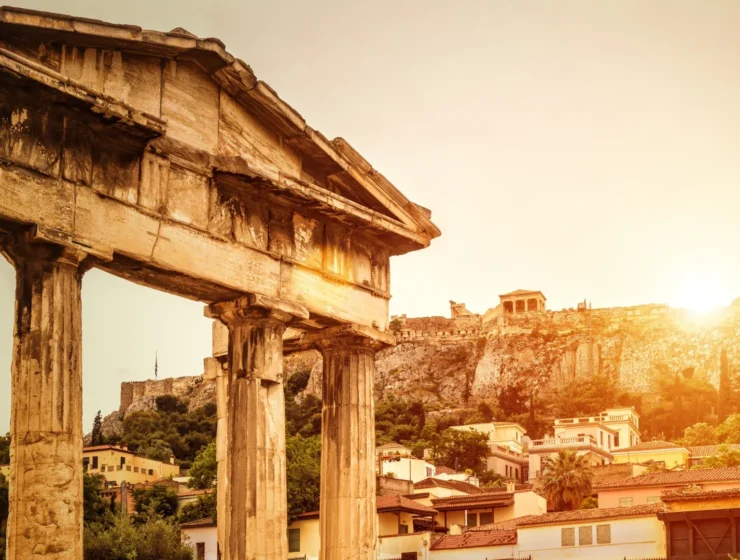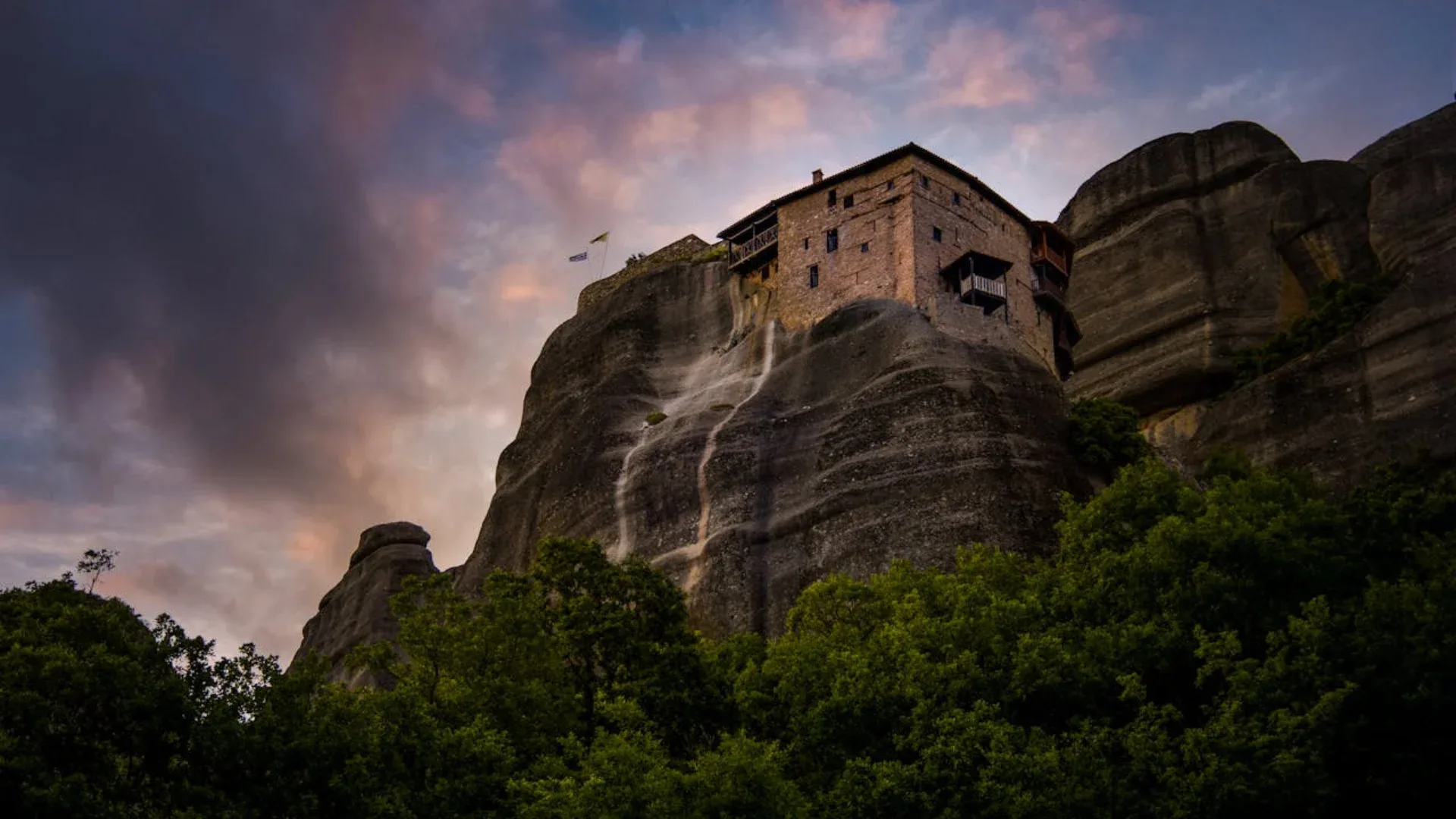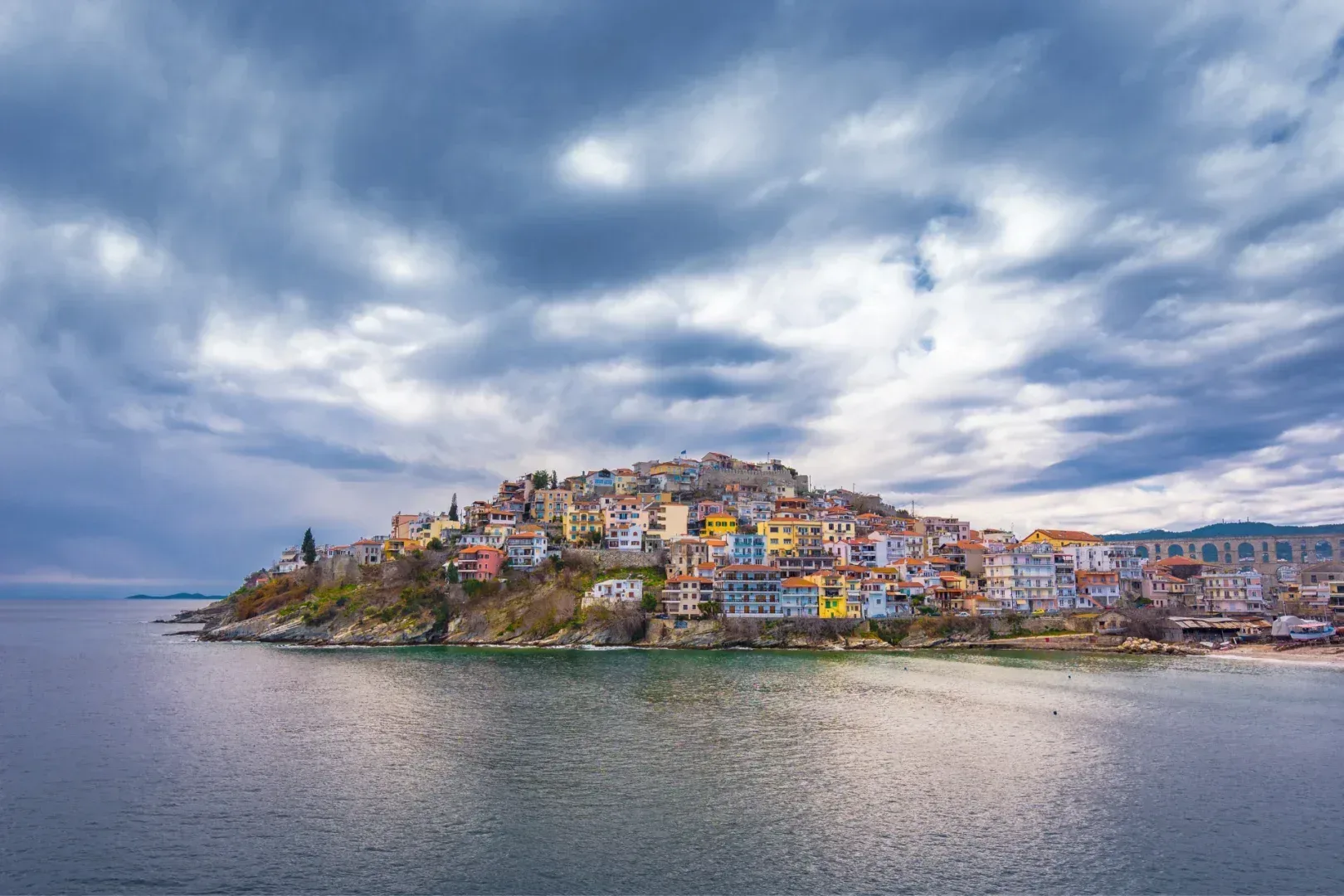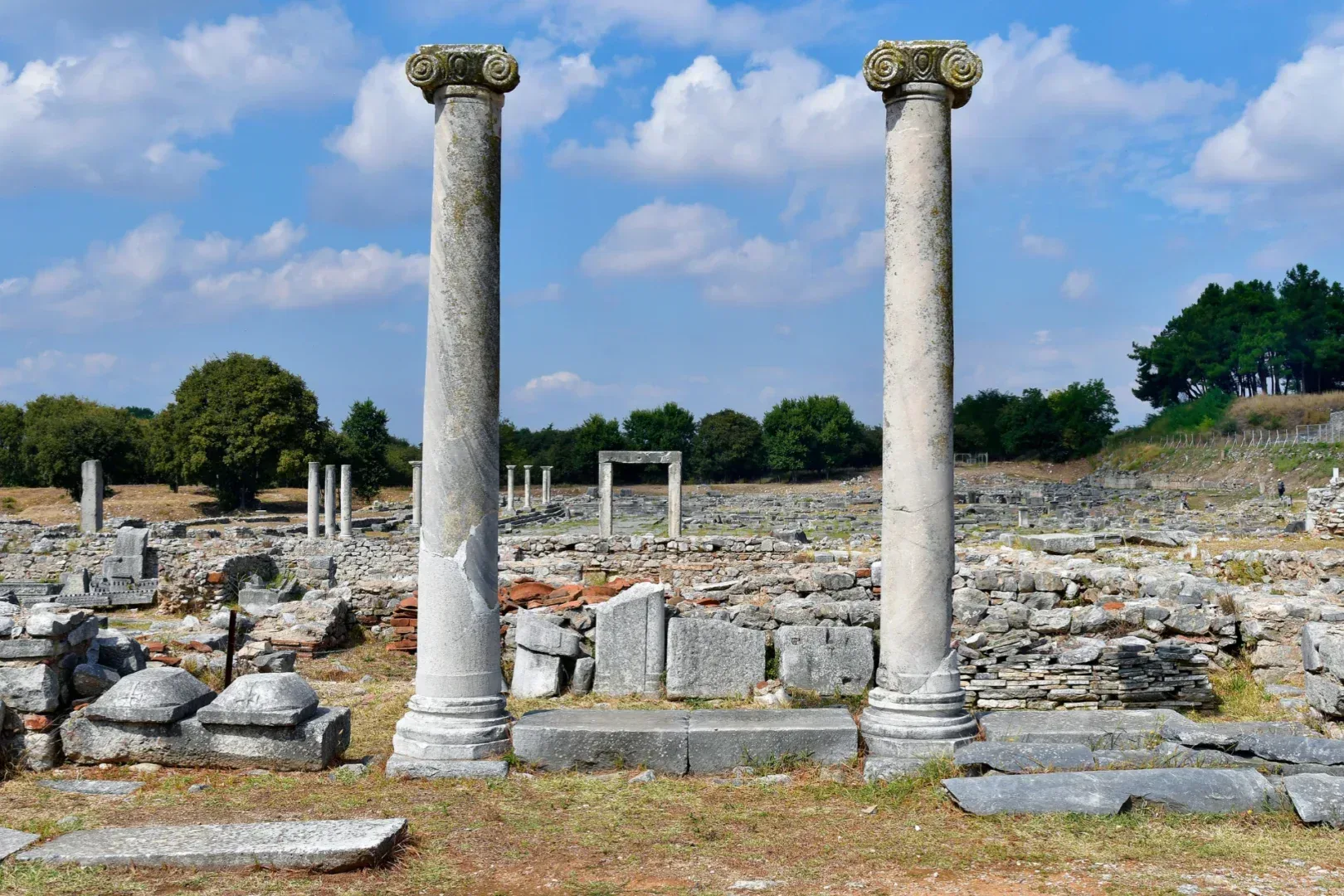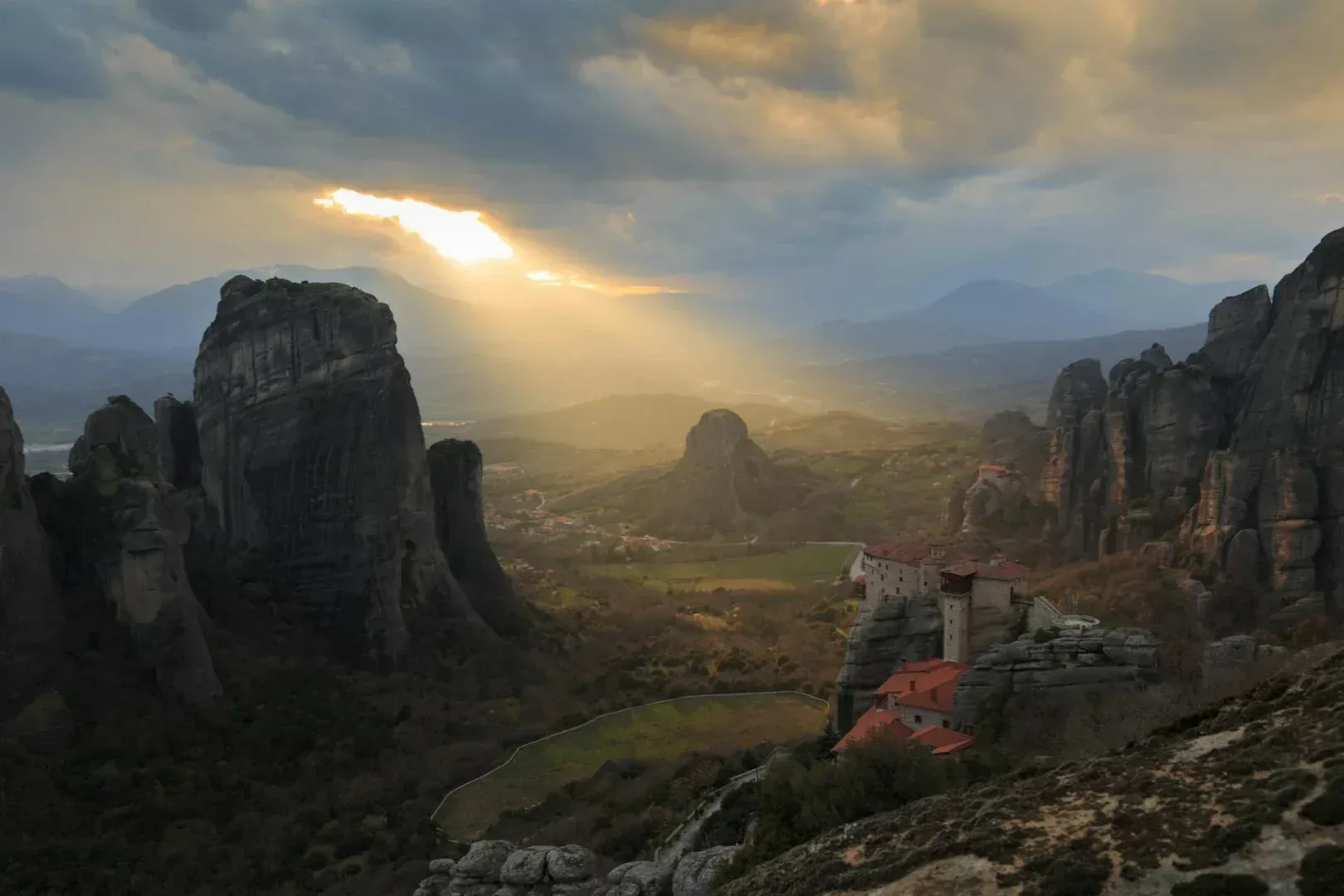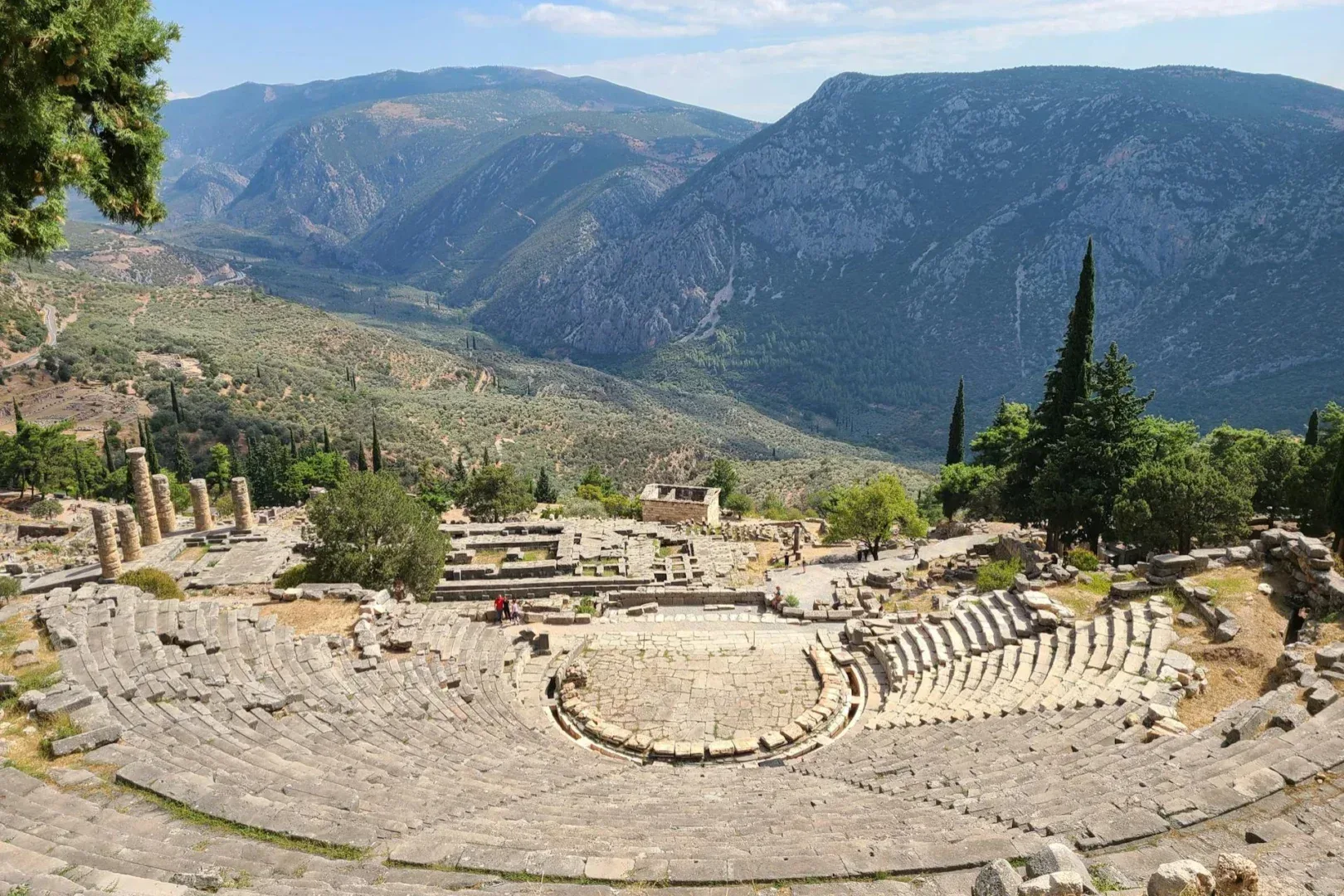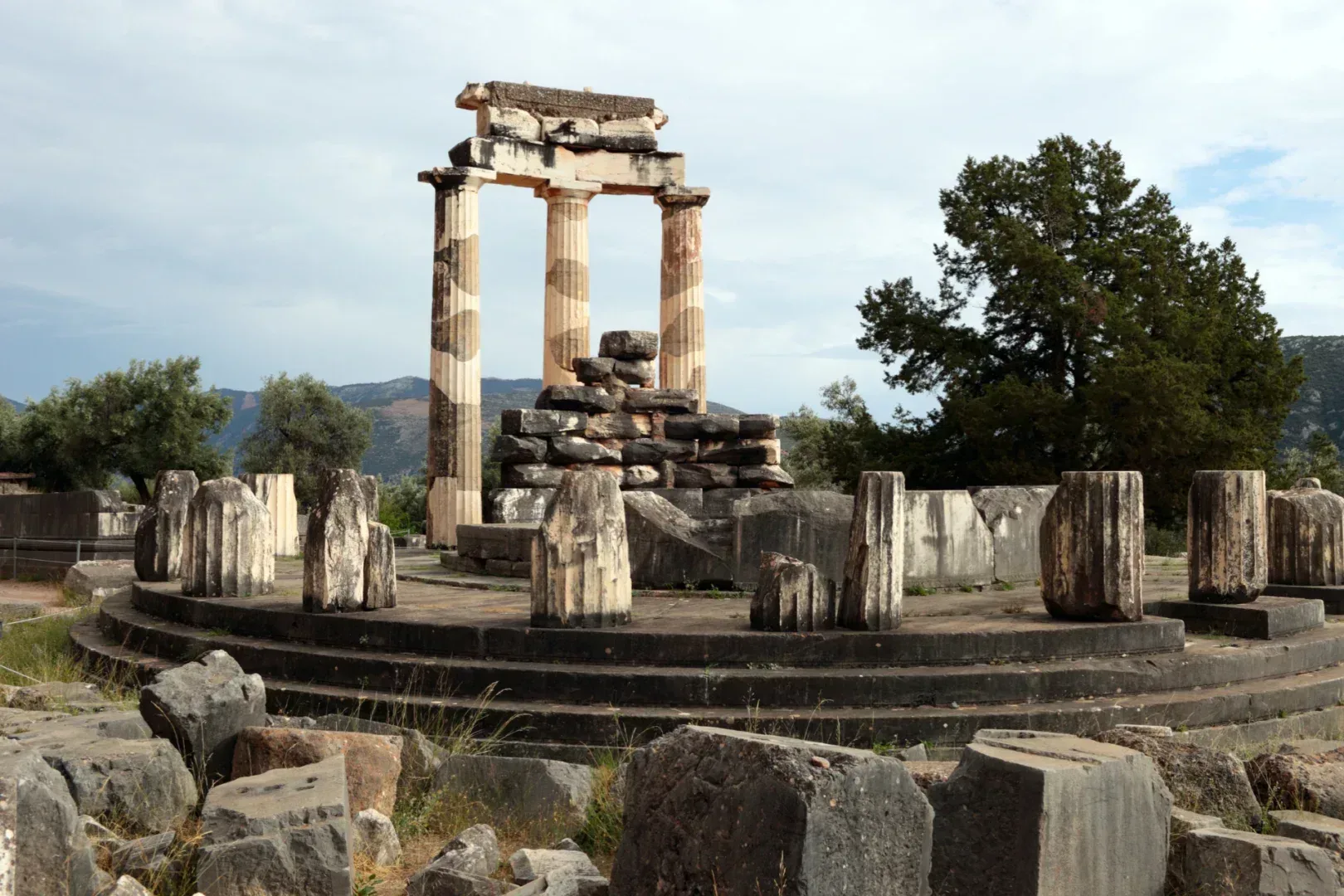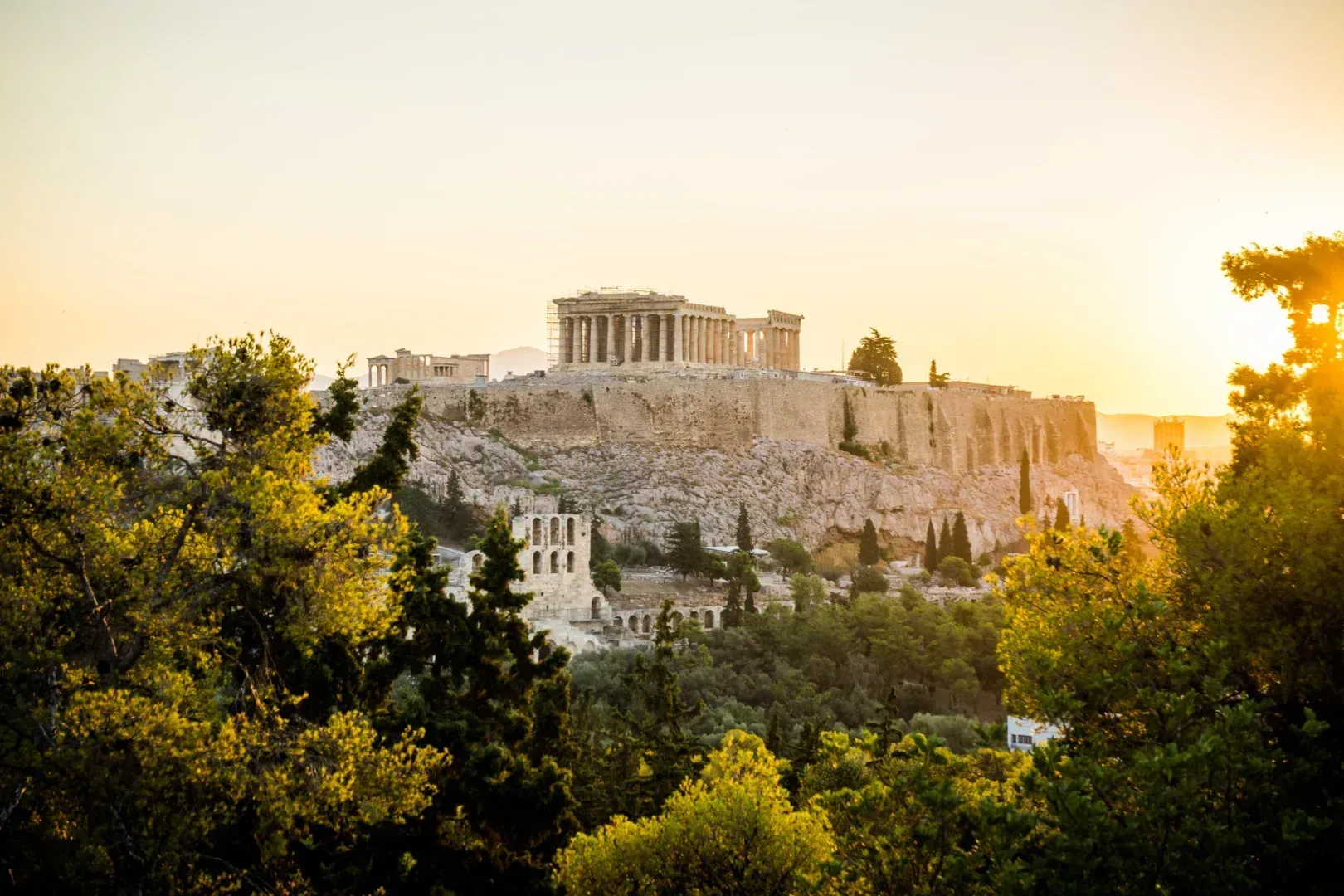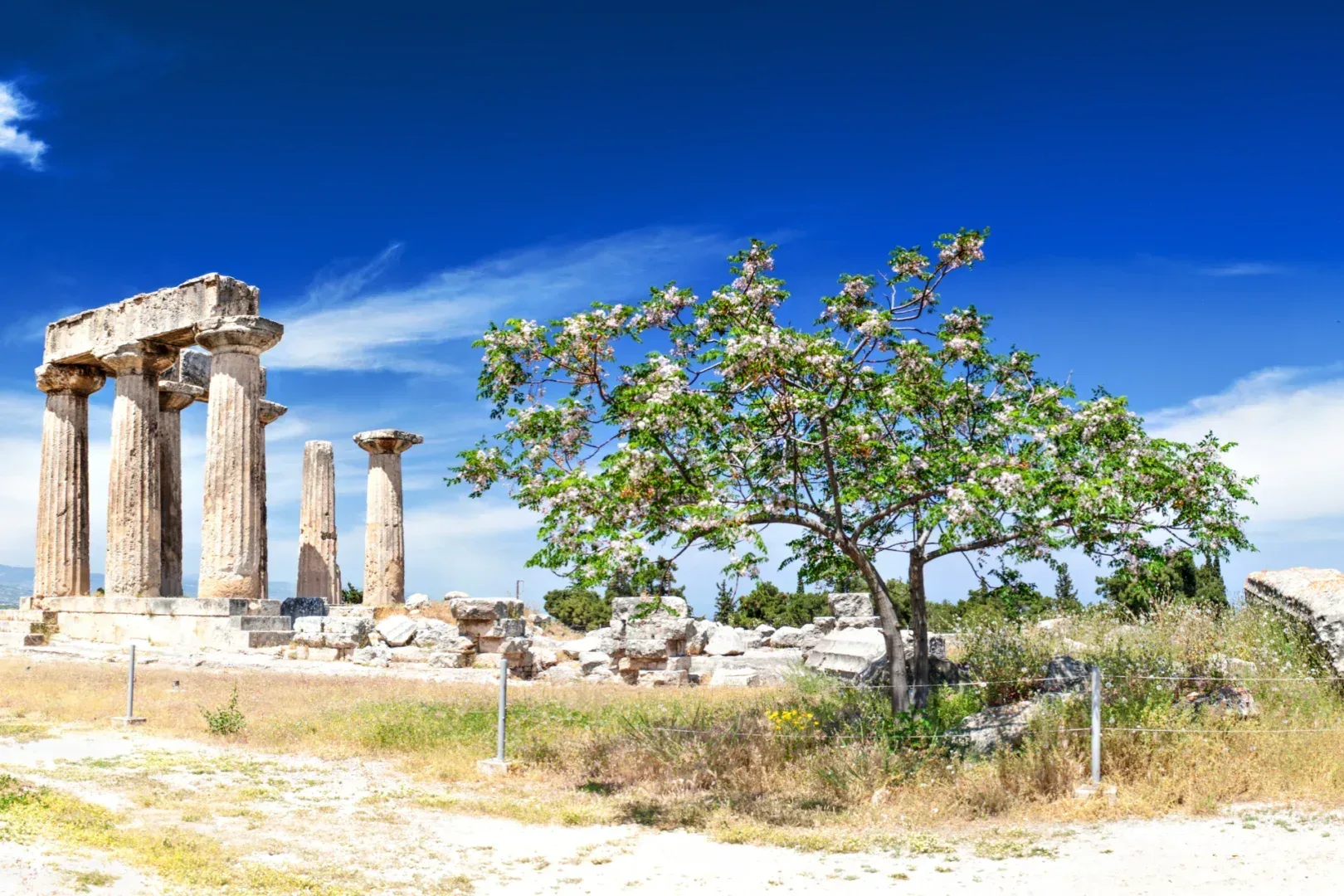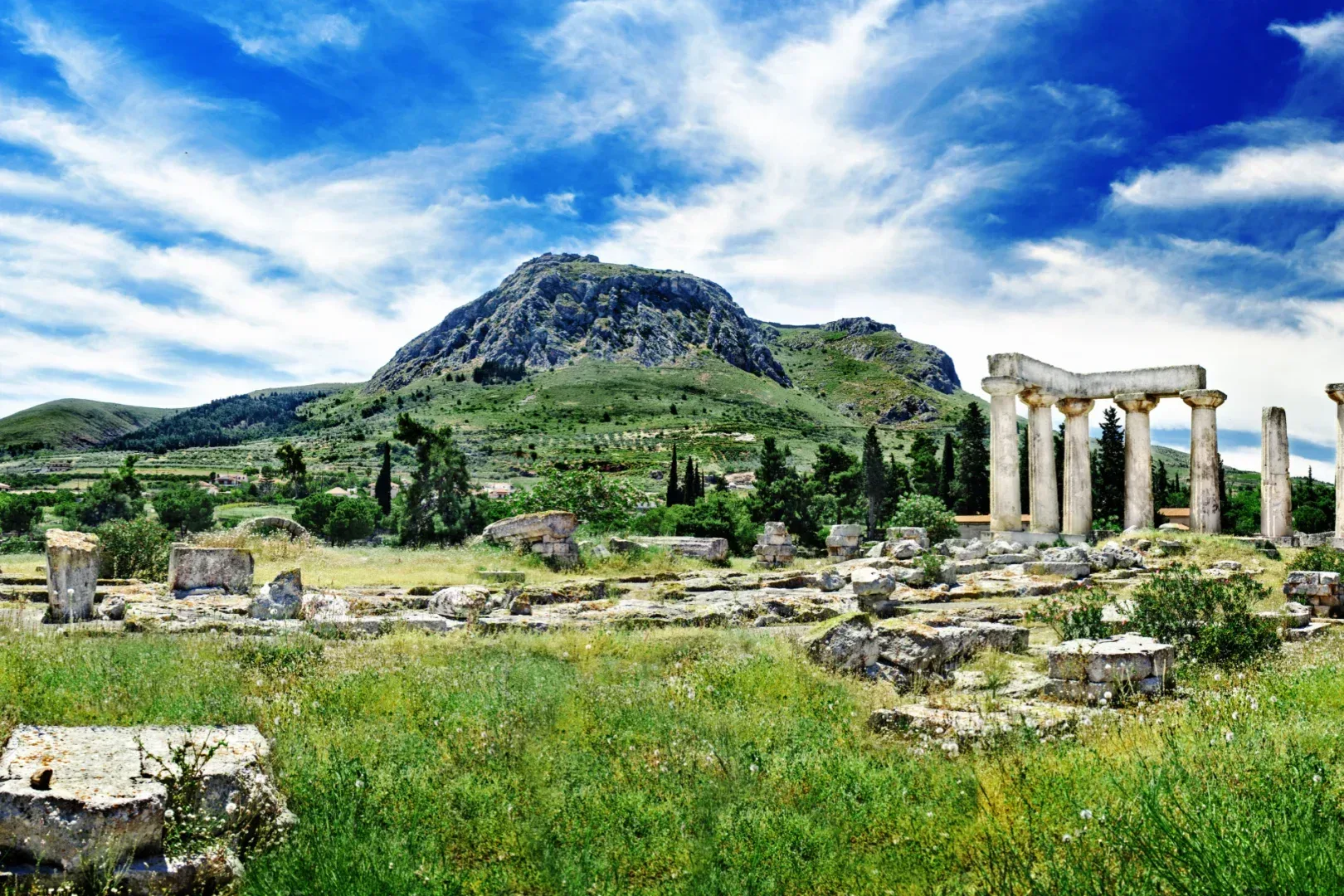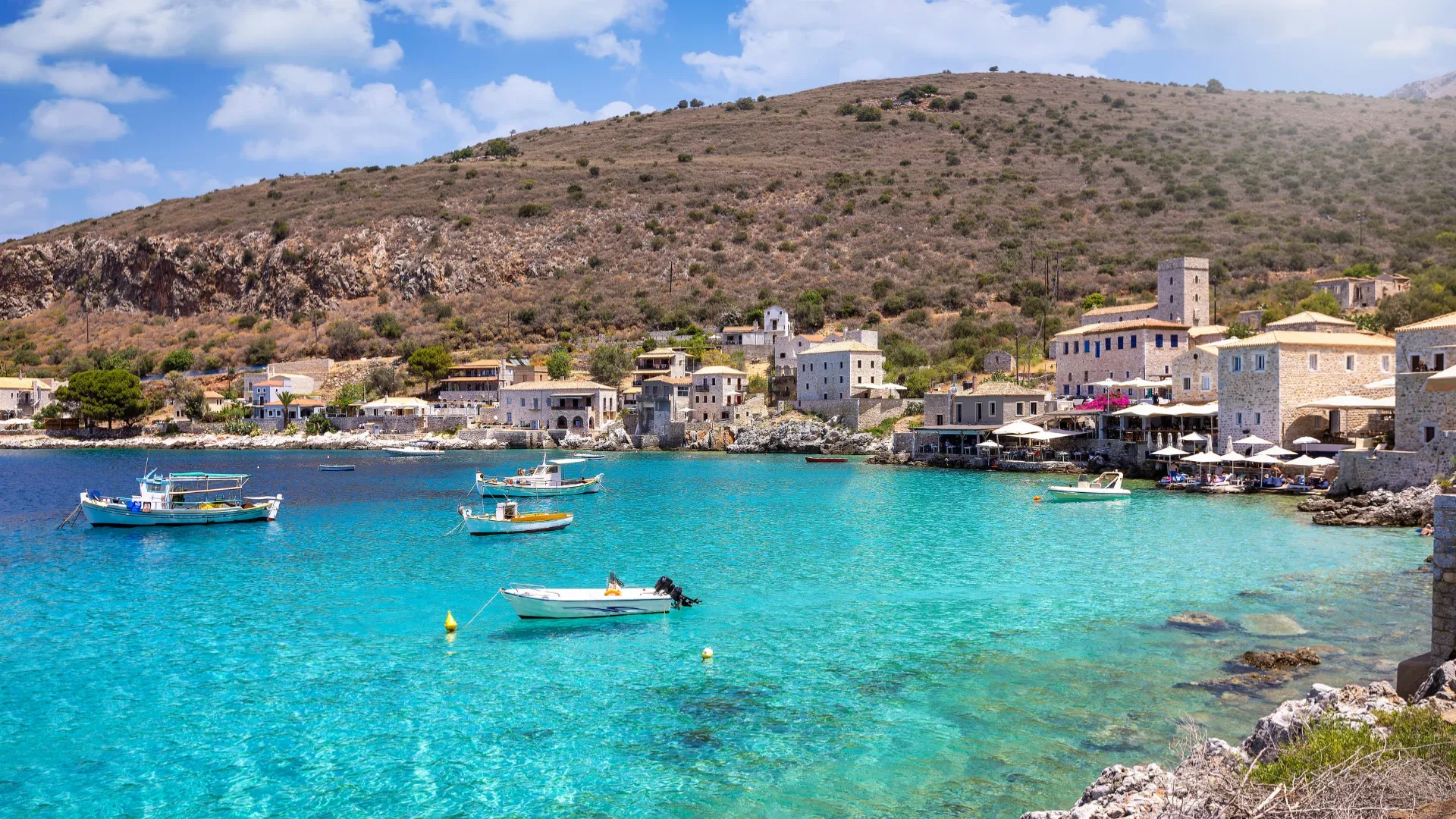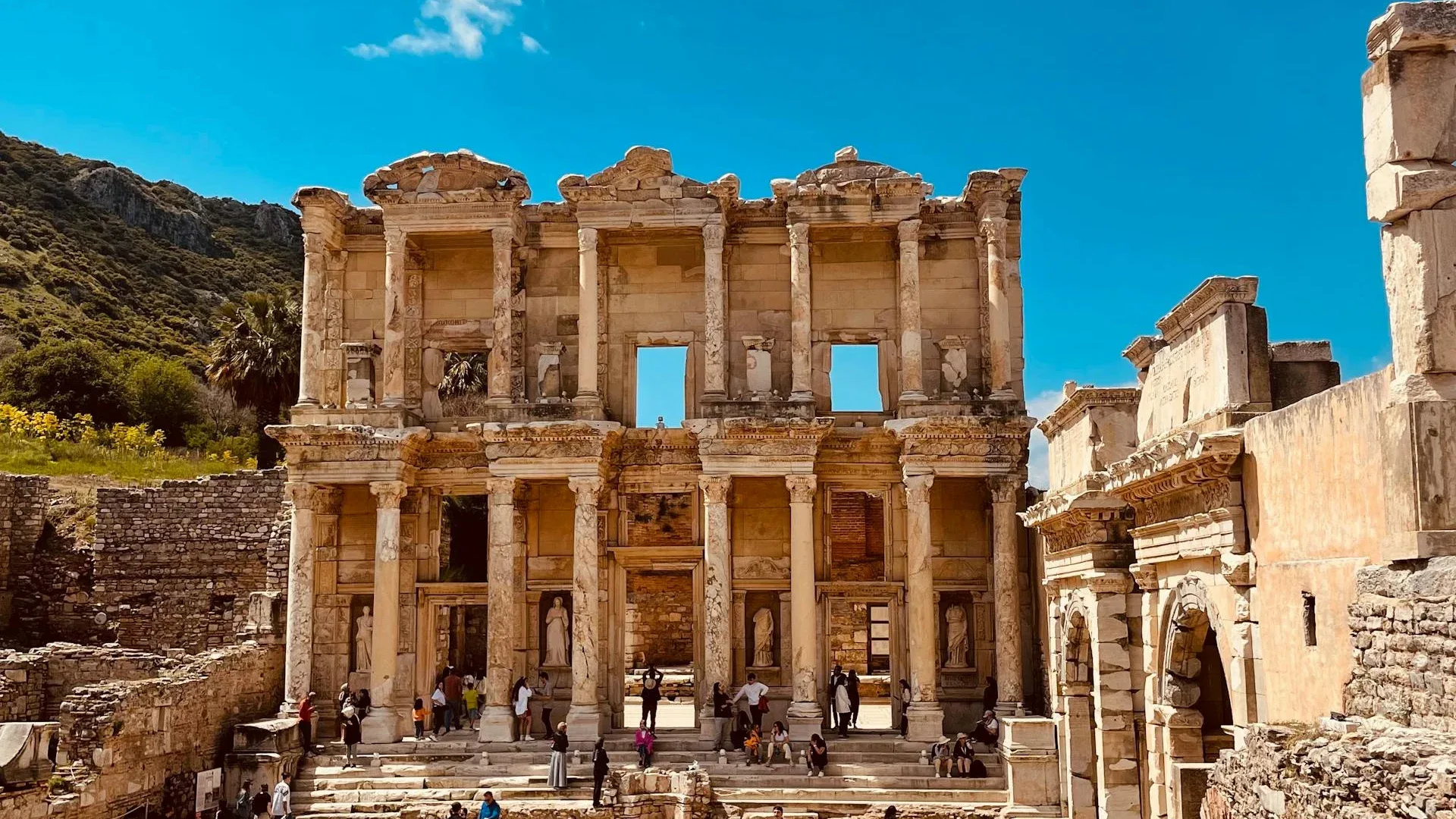

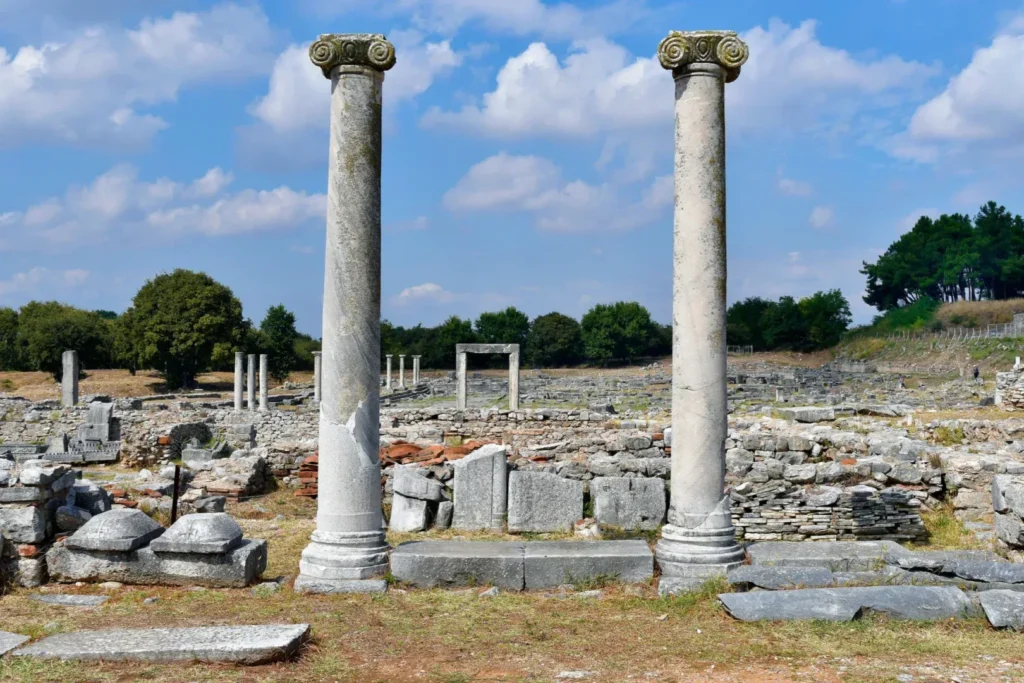

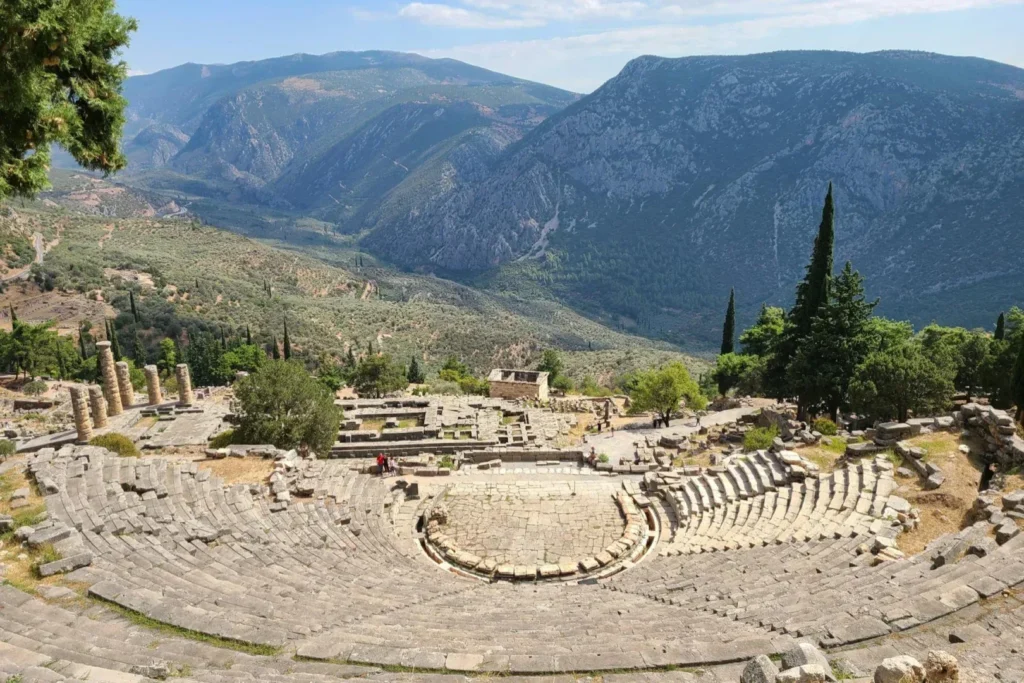 See More
See More

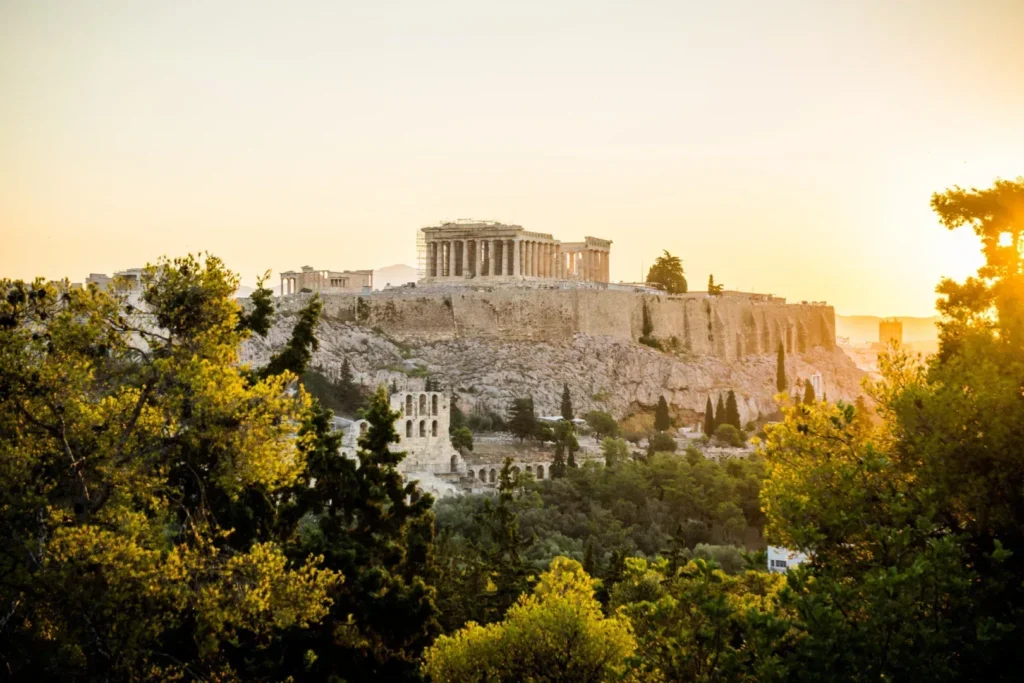
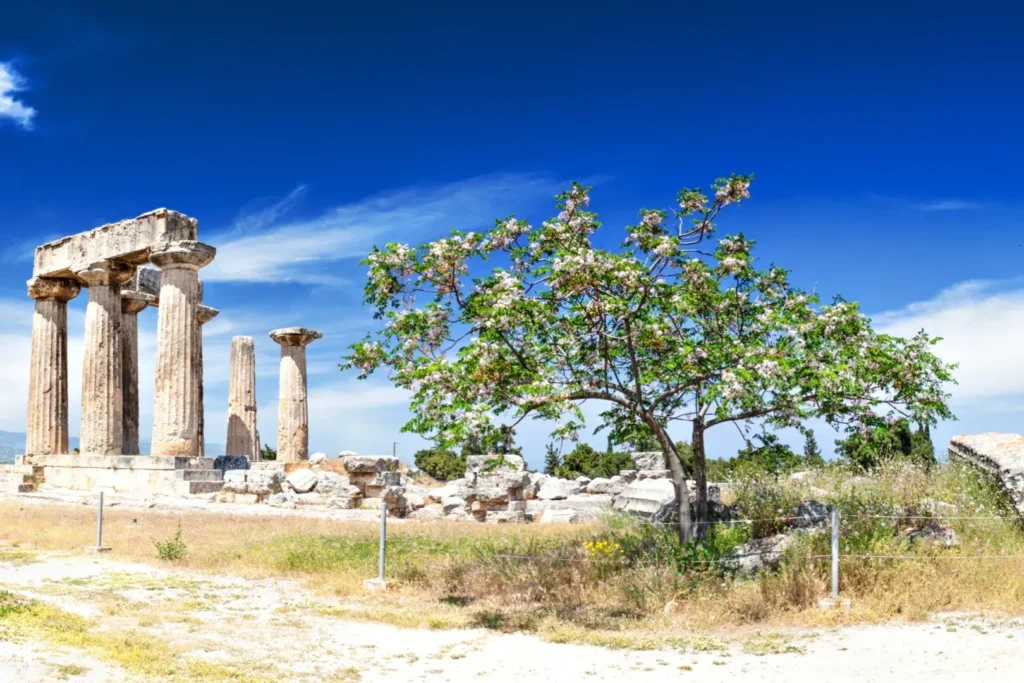
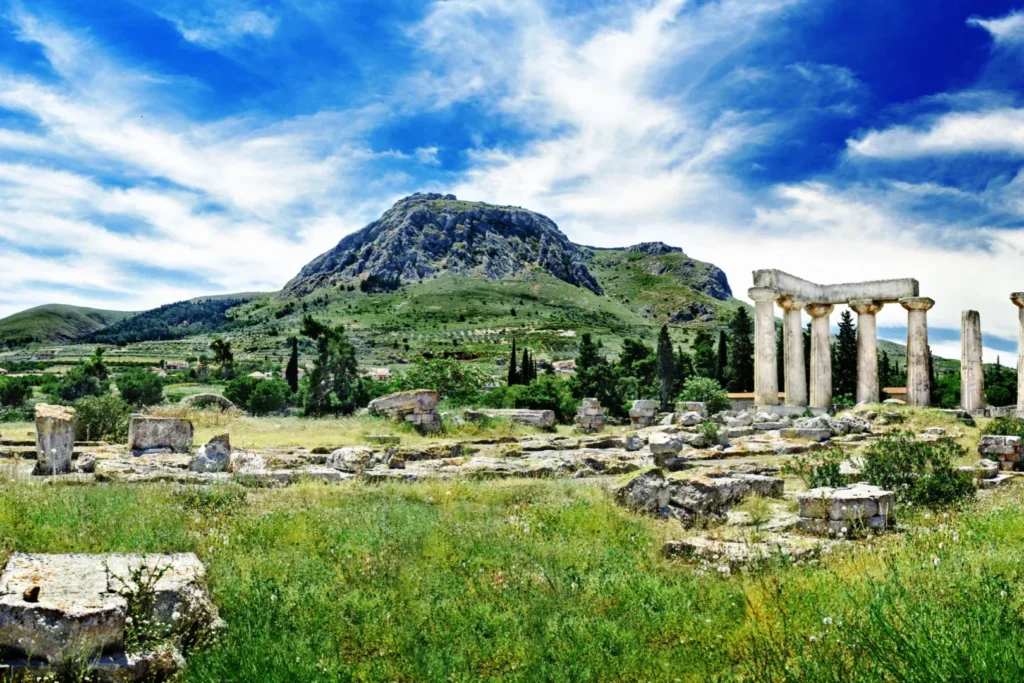
Follow the inspiring path of St. Paul across Greece on this enriching 8-day pilgrimage. Journey through significant biblical sites such as Philippi, Thessaloniki, Athens, and Corinth, where St. Paul preached and established early Christian communities.
This thoughtfully crafted itinerary combines spiritual reflection with historical exploration, allowing travelers to deepen their understanding of St. Paul’s legacy while experiencing Greece’s vibrant landscapes and ancient landmarks.
DETAILED ITINERARY
Expand allCollapse allThessaloniki
Upon arrival at Makedonia airport in Thessaloniki, you will be met and transferred to your hotel. Balance of the day at leisure.
Thessaloniki was built about 315 B.C. by King Cassander, brother-in-law of Alexander the Great, who named the city after his wife Thessaloniki. It was a major commercial center in Roman times as well as the second largest and wealthiest during the Byzantine era. In 50 A.D. St Paul visited the city and wrote two epistles to the ancient Thessalonians.
At present, Thessaloniki is Greece’s second largest city.
Kavala – Philippi – Thessaloniki
Today we will travel east skirting the Lakes Koronia and Volvi into Kavala. We will visit Kavala and Philippi before returning to Thessaloniki.
Kavala, ancient Neapolis, was the main port of Philippi and where St. Paul accompanied by Silas, Luke and Timothy, first set foot in Europe and sowed the seeds of Christianity. Aside from the great panoramas of Kavala, the city has a Byzantine castle, aqueduct, and museum containing finds from Ancient Amphipolis and Philippi.
Philippi, as its name implies was established by Philip II of Macedonia in 358 B.C. It was here that Octavian and Anthony defeated Brutus and Cassius, last defenders of the Roman Republic in 42 B.C. St Paul first arrived at Philippi around 50 A.D. It was one of the first European cities to accept Christianity.
Here he delivered his first sermon and baptized the first Christian convert, Lydia. We will view the baptismal site and visit a crypt dating from the Roman period that is thought to have served as a prison for Paul. We will also see the famous Acropolis, the Market Place, Basilica, and the Theatre.
Thessaloniki – Veria – Vergina – Kalambaka
Today we will visit Thessaloniki, Veria and Vergina before heading to overnight in Kalambaka.
We start the day by exploring Thessaloniki, coming across the White Tower, the Arch of Galerius, the Rotonda, the oldest of Thessaloniki’s churches, Aristotelous Square, the fortress and Ramparts overlooking the city and its gulf. We also visit the Byzantine churches of St Sophia and St. Dimitrios, an early convert to Christianity martyred by the Romans.
The town of Verias is dubbed “Little Jerusalem” for the many churches that are built across it. Here we will visit the Bema of St Paul where the Apostle stood and preached the Gospel to the Veroeans in 49 AD.
Vergina or ancient Aegae, was the first capital of the kingdom of Macedon. Although the capital was later transferred to Pella, Aegae remained the city where sacred rituals and ceremonies would take place. Here we will visit the very impressive site of the Royal Tomb of King Philip II, the father of Alexander the Great. Displayed within this tomb are the finds such as the gold ossuary with the 16 pointed Macedonian star, gold leaf wreaths, frescos and ornaments.
Meteora – Itea
This morning in Kalambaka we will visit the Byzantine Meteora monasteries and continue our drive south to the picturesque coastal village of Itea a few kilometers away from Delphi.
Amongst striking scenery, perched on sheer-sided gray rock pinnacles of varied and spectacular shapes and appearing to be suspended in mid-air, stand the ageless 14th century monasteries of Meteora. The monasteries contain beautiful Byzantine art and offer an insight into the mystic world of the monks still residing there.
Delphi – Athens
We will spend our morning exploring the archaeological site and museum in Delphi before continuing our drive south to Athens.
In antiquity Delphi was known as the center or the navel of the earth for it was believed that when Zeus released two eagles from opposite sides of the world they would meet in Delphi. It reached its height in power in the 4th century as the sanctuary to the god Apollo. Pilgrims would gather here to seek advice from the great oracle, Pythia, on various matters including waging wars.
We explore the sanctuary by walking up the Sacred Way to see the Treasuries, the Theater and the Temple of Apollo. We will visit the museum of Delphi to marvel at the unique collection of artifacts from the excavation, including the bronze “Charioteer” one of the best preserved ancient works of metallurgy.
Athens
Today we enjoy the day exploring Athens, its highlights and visiting the world renowned Acropolis and the new Acropolis museum.
Athens, the capital of Greece, is one of the oldest cities in the world spanning a history of 3,400 years. Home of the great minds, philosophers and teachers of ancient times such as Plato, Socrates and Aristotle, Athens is the birthplace of democracy and the cradle of Western Civilization.
A bus tour will guide us through the highlights of Athens; House of Parliament, Tomb of the Unknown Soldier, Presidential Palace, Panathenaic Stadium, Temple of Olympian Zeus, Hadrian’s Arch, to lead us to the world renowned Acropolis.
We will walk through the architectural wonders of the Golden Age of Pericles; the Propylaia, the Parthenon and the Erechtheion. We walk to Areopagus or Mars Hill, the site where trials were heard before the Council of Elders and where St Paul delivered his speech to the Athenians. We visit the ancient Agora where Athenians gathered not only for commercial purposes but also for political and religious ones. Our visit is not complete without a tour of the New Acropolis museum, which houses the findings of the Acropolis of Athens.
Corinth – Athens
This morning we will cross the Corinth Canal to the Peloponnese where we visit Ancient Corinth. We will return to Athens for a free afternoon.
Drive through the coastal road to the Corinth Canal, which separates Peloponnese from the Greek mainland and connects the two Seas, the Ionian and the Aegean. Continue to Ancient Corinth, one of the most important trading cities of ancient Greece dating back to the 6th century B.C. Visiting the archaeological site we will come across the Temple of Apollo, the agora, the sacred spring and the Peirene Fountain. The apostle Paul resided in Corinth for 18 months in A.D. 51–52. Here he wrote the First and Second Epistles to the Corinthians. We will visit the site of the Bema of St. Paul, where he preached.
Take advantage of your free afternoon to explore, relax and shop in the neighborhoods of Plaka and Monastiraki in central Athens.
Departure
You will be transferred to the Athens airport for your return flight.
You May Also Like
- Location5
- Amenities4.33
- Services4.33
- Price5
- Location5
- Amenities4.33
- Services4.33
- Price5
EnQUIRIES
Tailor Made Itineraries
Ready to embark on a meaningful journey?
Echoes of Excellence

Our Latest Travel Stories

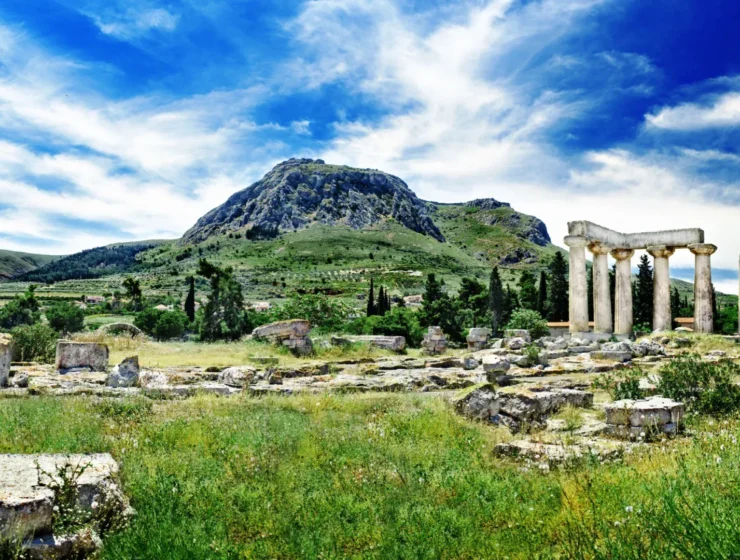
Peloponessos Unexplored: Connecting with Local Communities
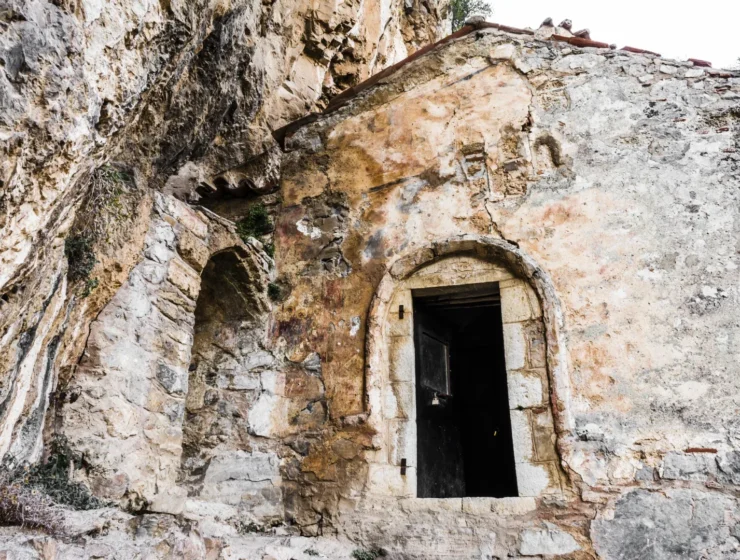
Exploring Orthodox Monasticism to nourish your spirit, mind and soul
